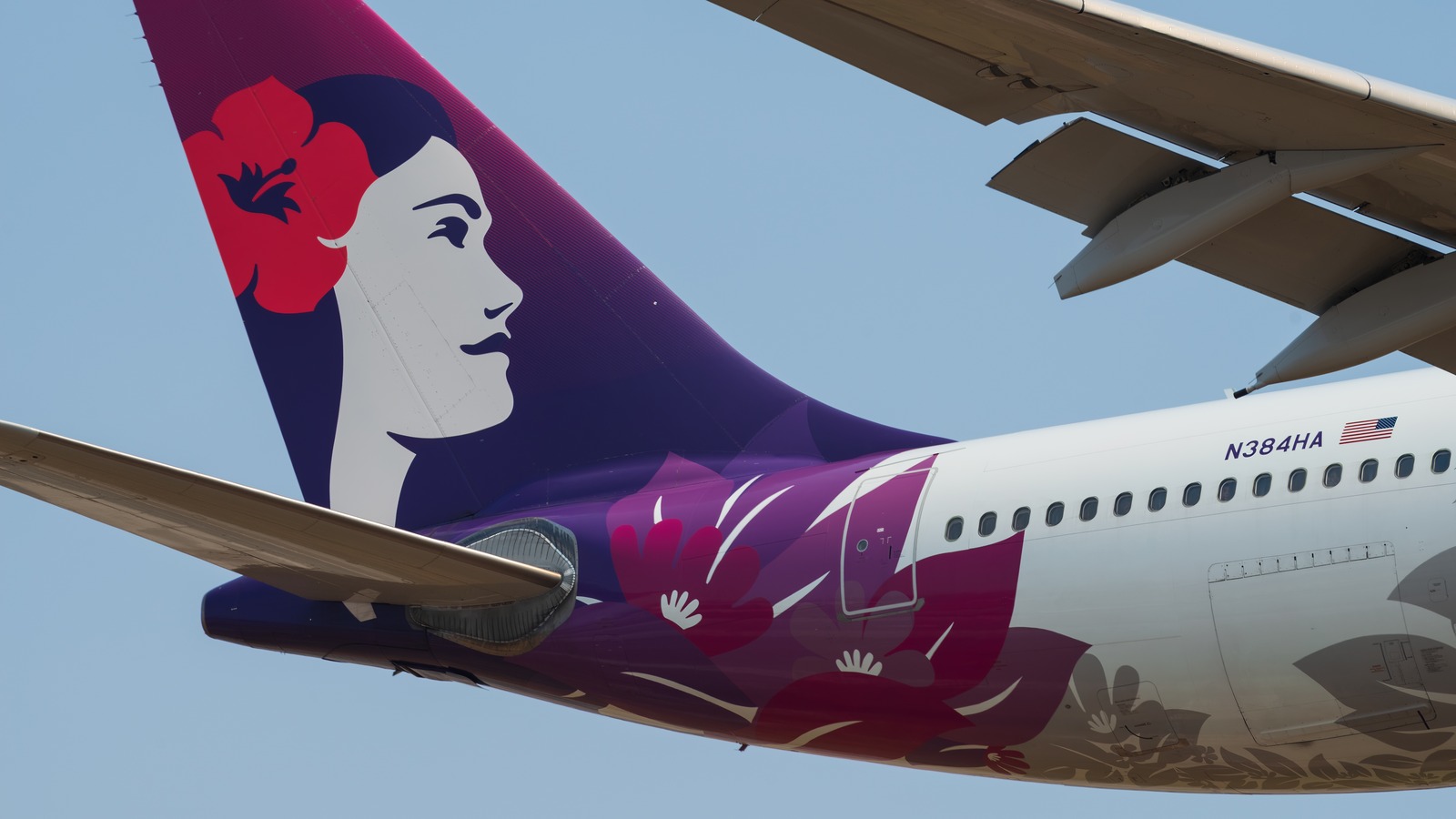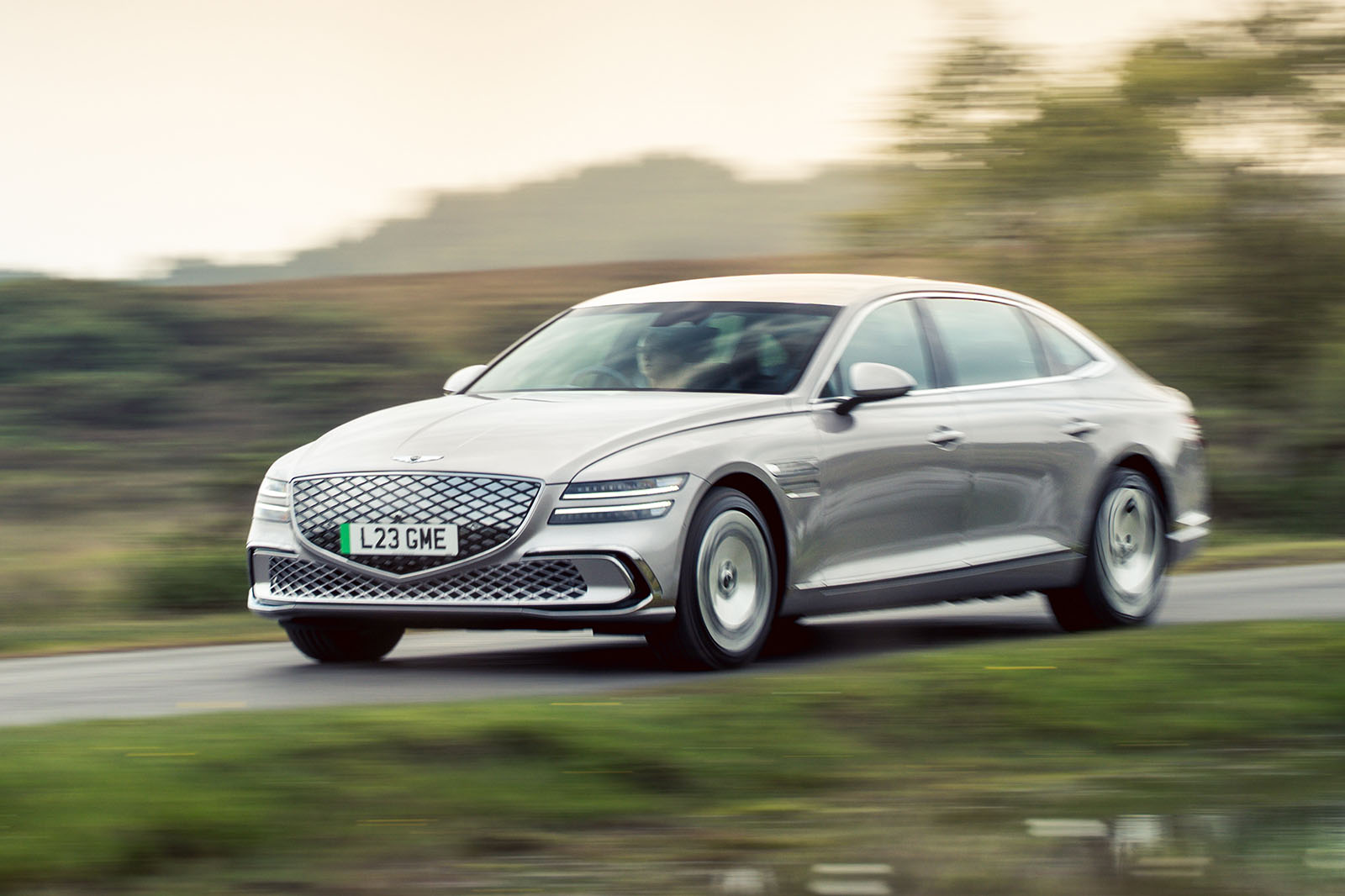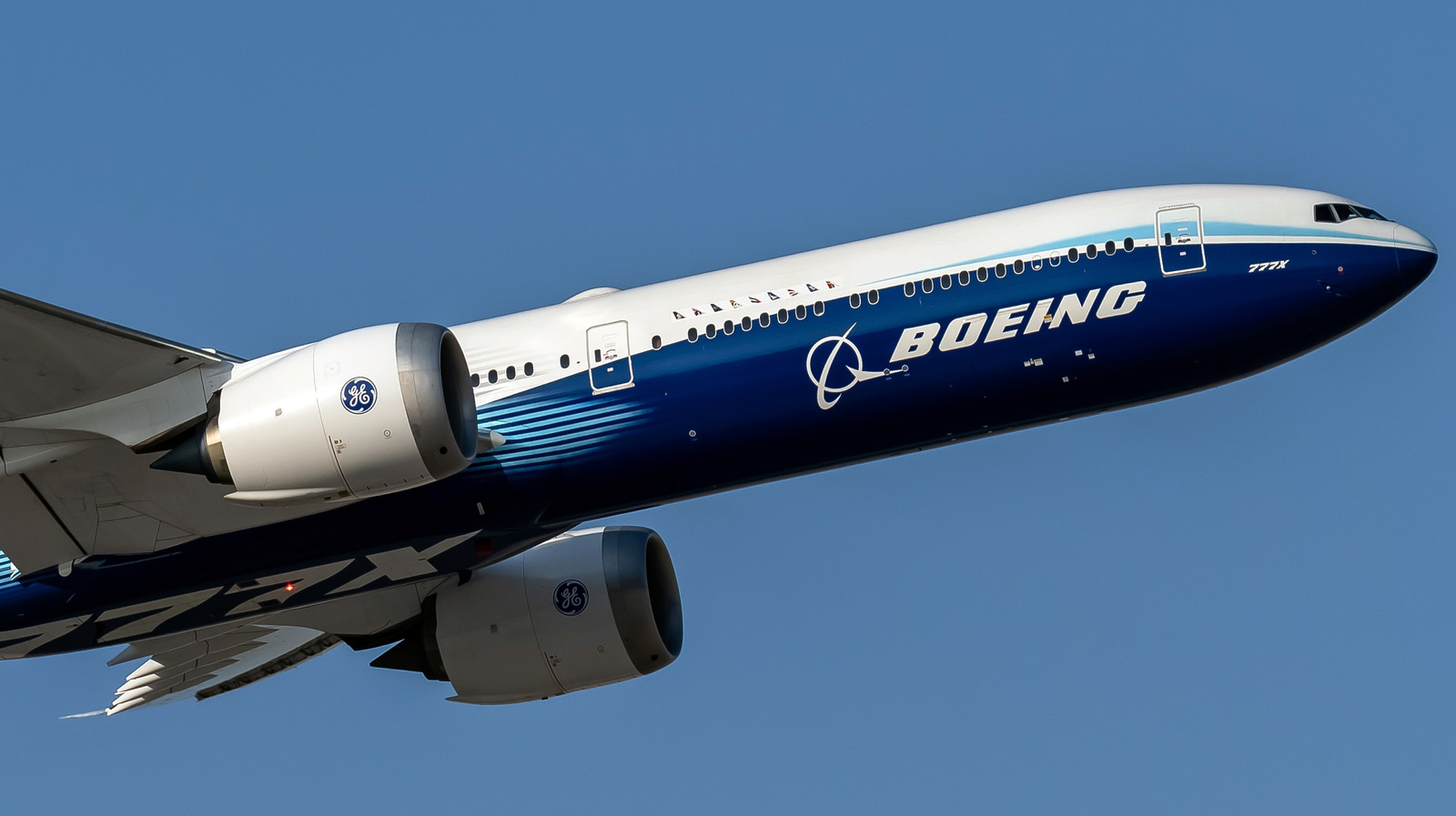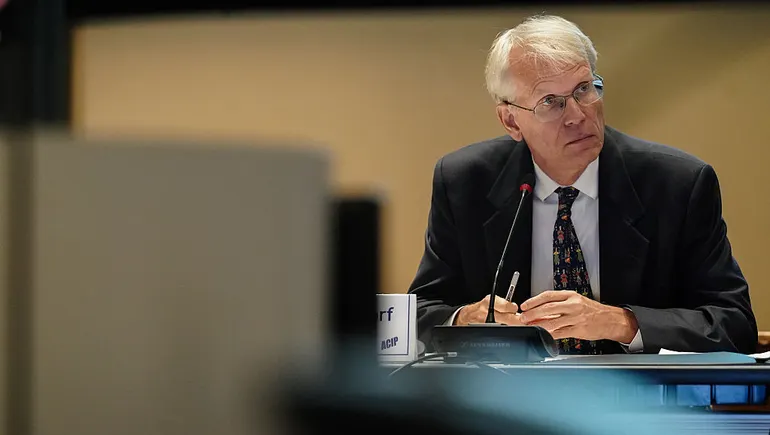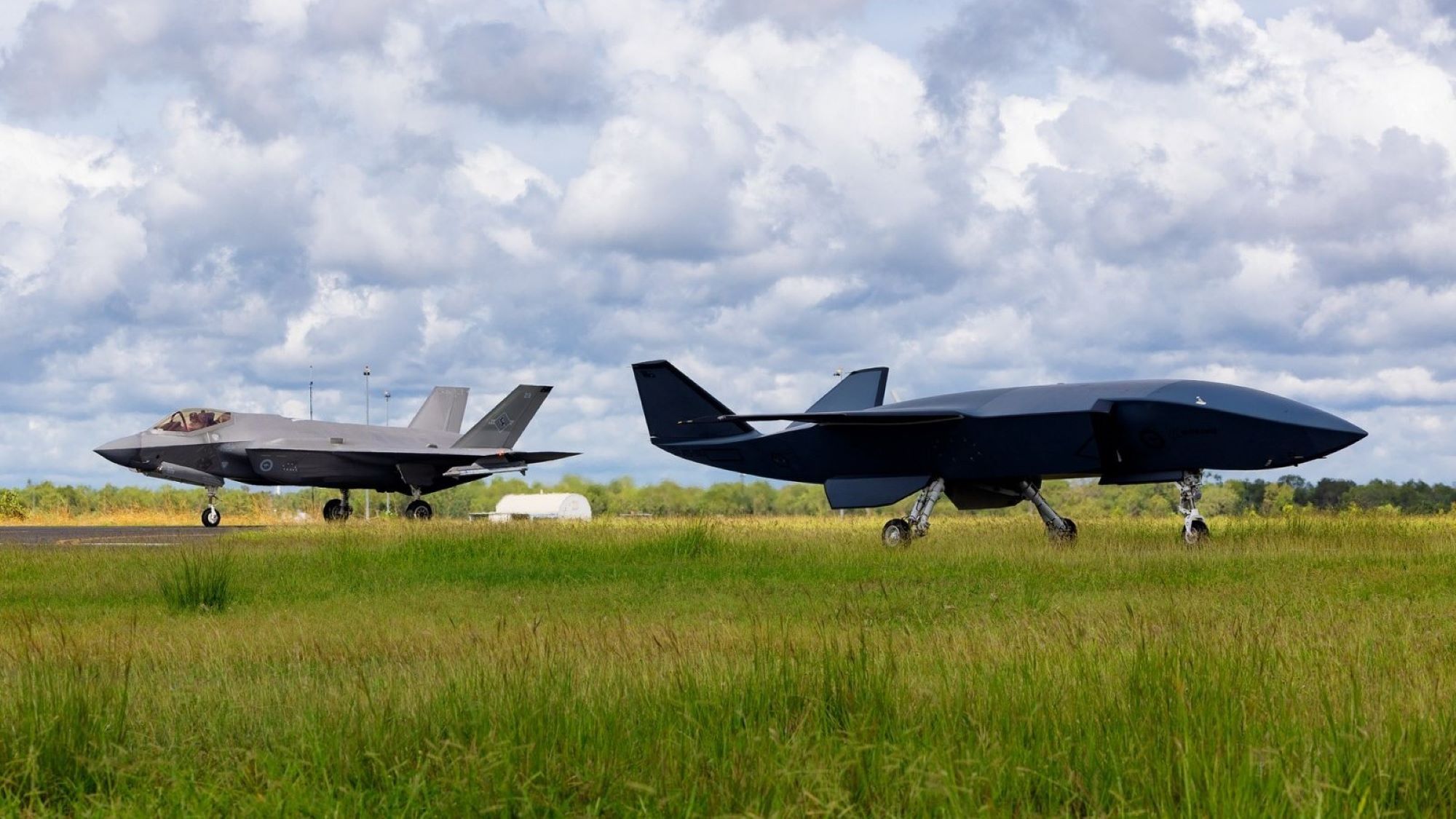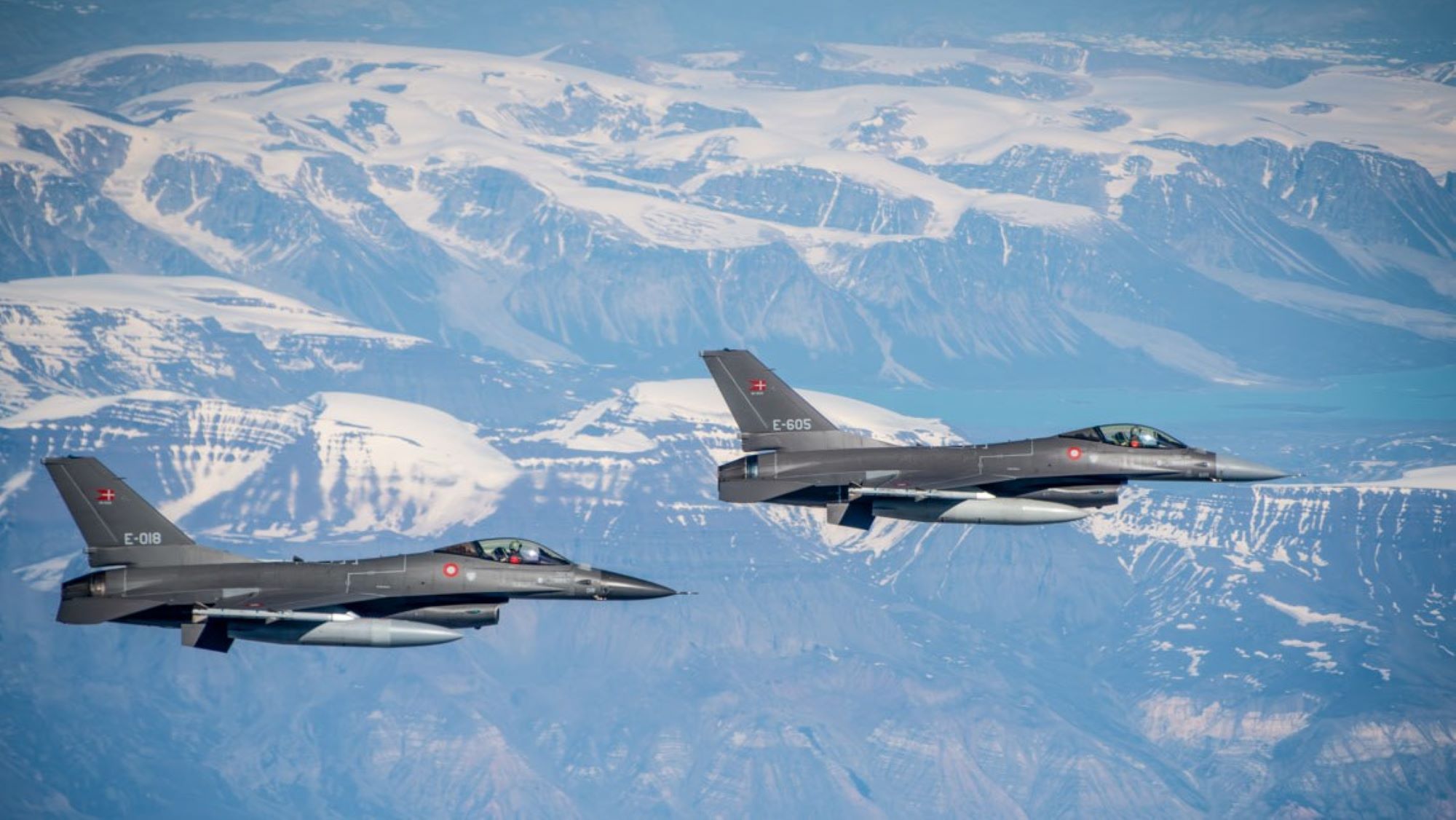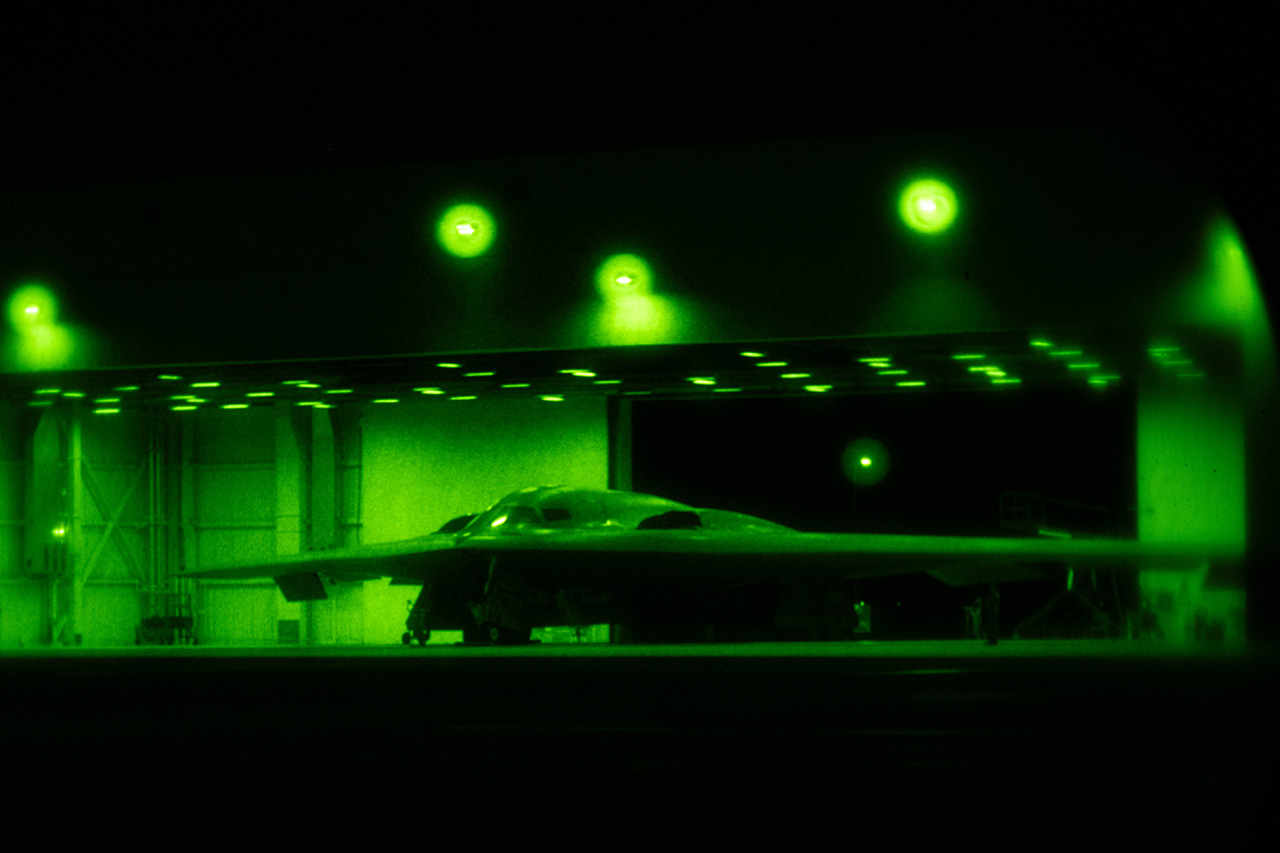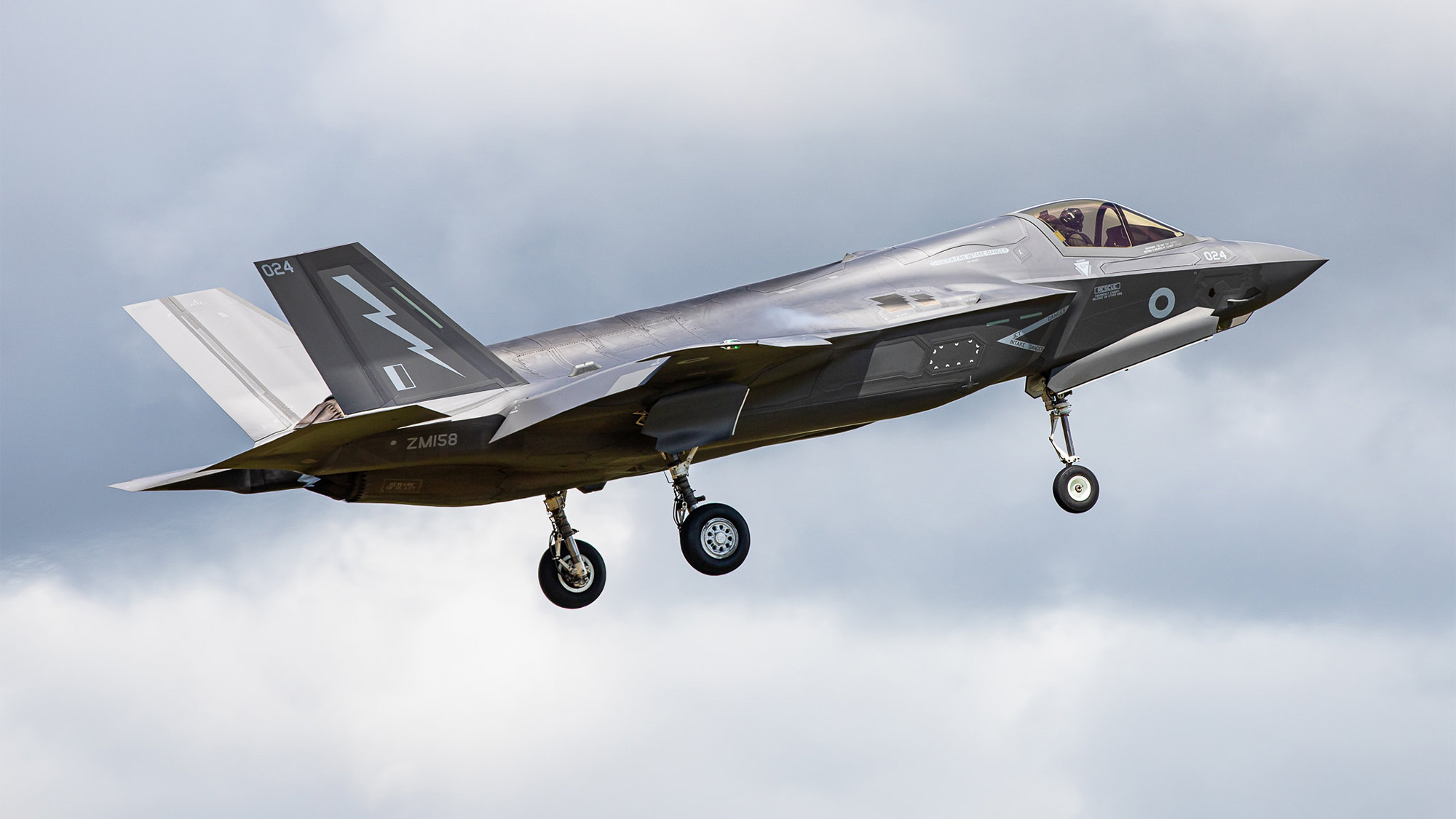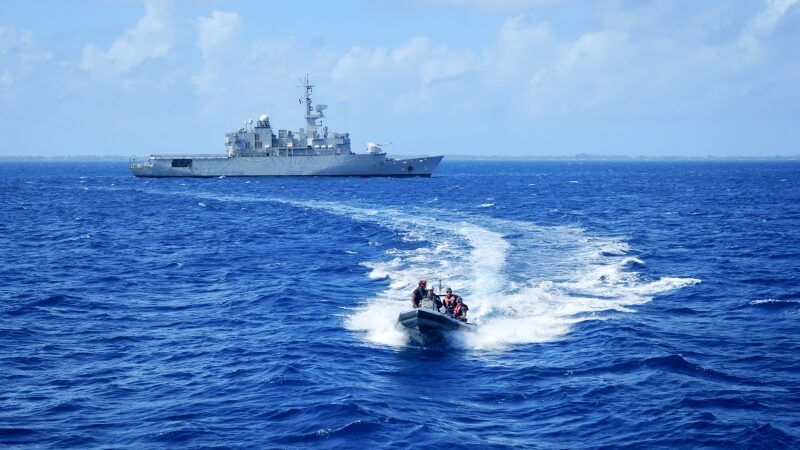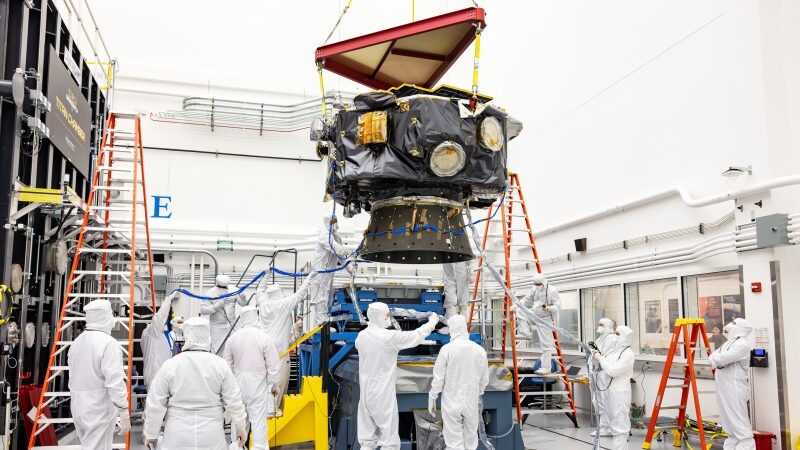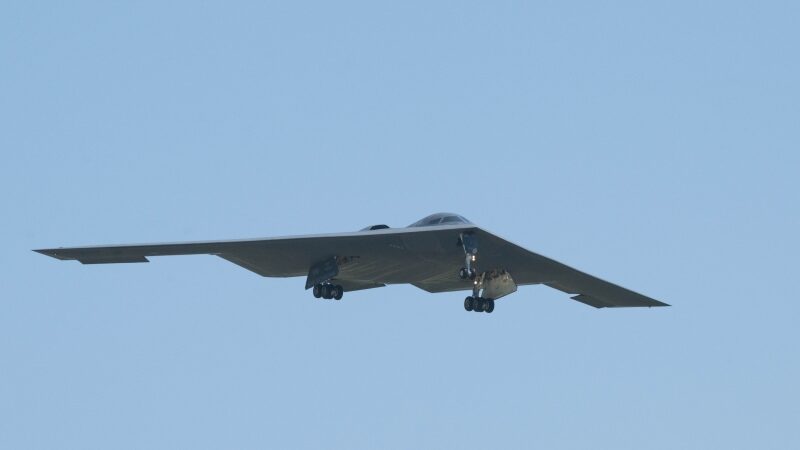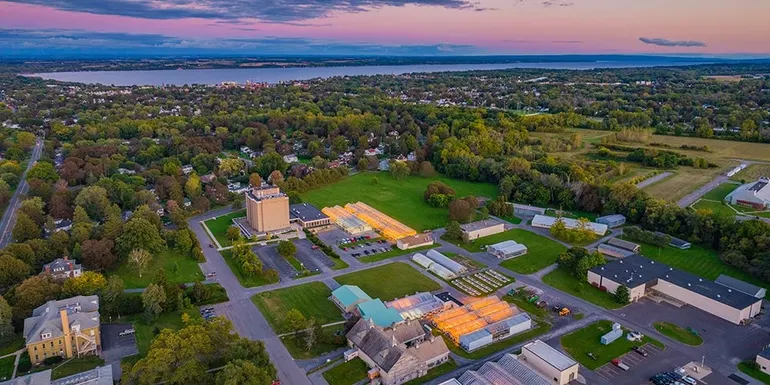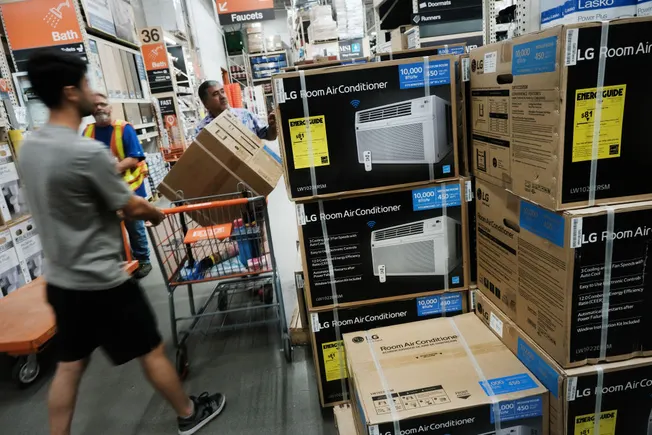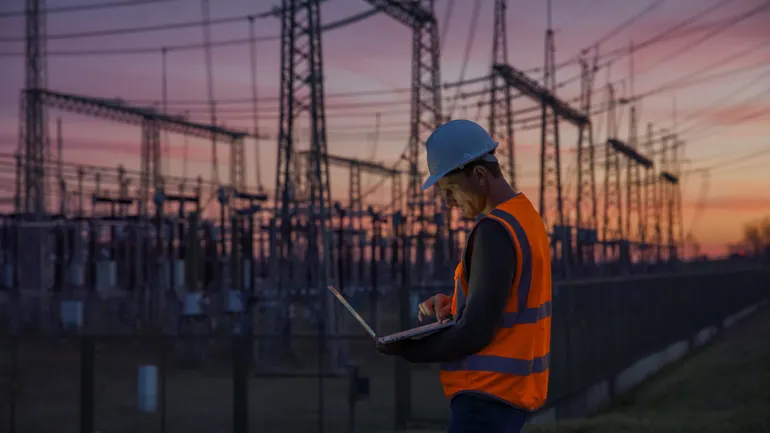FLRAA added extra payload capacity to prep for SOF missions
“The Army’s program managers for FLRAA and Aviation looked at PEO-RW’s engineering analysis and considered the weight trades before adding a little bit of weight to the baseline of that aircraft,” A PEO-RW official said.


Bell’s FLRAA provides the Army with expanded options for maneuver, including significantly increased mission efficiency and a reduced number of flight hours to accomplish missions. (Bell photo)
AAAA — US Special Operations Command (SOCOM) has successfully persuaded the US Army to modify its Future Long Range Assault Aircraft (FLRAA) design with increased payload capacity, in order to support future SOF-modified variants.
SOCOM’s Program Executive Office–Rotary Wing (PEO-RW) announced at the SOF Week expo in Tampa, Fla., last week that it had conducted an engineering analysis to better understand how to integrate special mission equipment on board the aircraft.
According to a slide deck presented by PEO-RW, “SOF design” efforts associated with the FLRAA program are scheduled to run through to 2032 when the first Army unit is expected to receive initial air frames. (Army officials in DC last week said they want to pull that date closer to 2028.)
USSOCOM is expecting to receive its first SOF-specific FLRAA platforms around 2036, documents outlined.
A PEO-RW official, speaking on condition of anonymity, said, “[The US Army] put in their base contract [with Bell Helicopters] some CLINS [Contract Line Item Numbers] for us to use for development, so we started with some engineering analysis regarding how we’re gonna have to hang all the mission equipment that we currently have, and that we’re going to have on the ramp at that point in time.
“Do we have the structural provisions to do that? Do we have space reserved where we could put this stuff? So we did an engineering analysis, which has now turned into a detailed design on that,” the official continued.
“The Army’s program managers for FLRAA and Aviation looked at PEO-RW’s engineering analysis and considered the weight trades before adding a little bit of weight to the baseline of that aircraft,” the official added. “They said this [also] buys us [the US Army] future growth capability for mission equipment as well, and [so] they inserted those [increased payload capacity specifications] into the baseline aircraft.”
Essentially, this decision means every FLRAA coming off the manufacturing line will be ready to accept all special mission equipment belonging to the 160th Special Operations Aviation Regiment, aka the “Nightstalkers.” It will also provide “huge cost reduction” for USSOCOM given there will be no additional requirement to upgrade the air frame.
“That was a huge win,” the PEO-RW official declared before adding: “We’re in lockstep with the Army on FLRAA. But we can’t move ahead of them. There’s no way for us to accelerate that program. They’re doing a great job with it.”
However, the official did say PEO-RW was conducting certain side activities to “lean forward” on some of its Mission Equipment Packages (MEP) integration into the more advanced FLRAA open systems architecture, which has been dubbed the “digital backbone” of the aircraft.
“We’re working with Bell to get some of that MEP integration into the FLRAA digital backbone. Right now, it’s all surrogate stuff. They don’t have the computers, but we’re looking forward at some risk reduction efforts. Like how do you plug a Silent Knight Radar [terrain following and avoidance radar system] — which wasn’t really designed to work on a digital backbone — how do you plug that into a digital backbone and get useful data onto the network on that aircraft, and then how do you pull it back off? How do you pass that information back and forth to these mission fits?
“So we’re starting that work right now, and we’re also working with pulling some of our functions out of our existing avionics.
“We’re working to pull some of those software bits out, turn them into applications that we can then put into the floor computing environment so we can still have the same stuff that we use in the common avionics architecture but in the FLRAA. So we don’t have to roll our own and we don’t have to get FLRAA to pull all those boxes out. We can put our own cockpit in there. We’re trying as much as we can to be common with the army in most of all that,” the official concluded.










